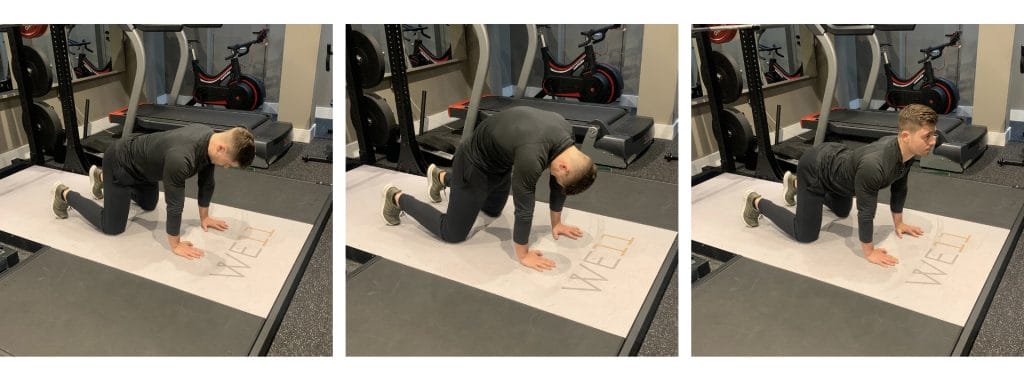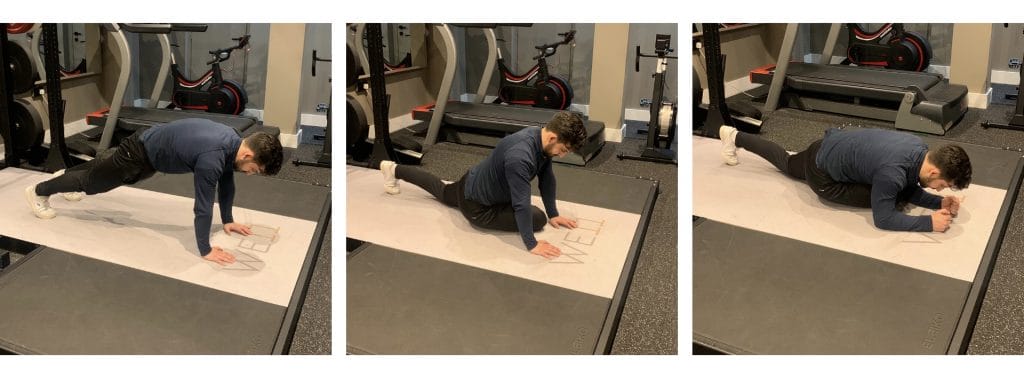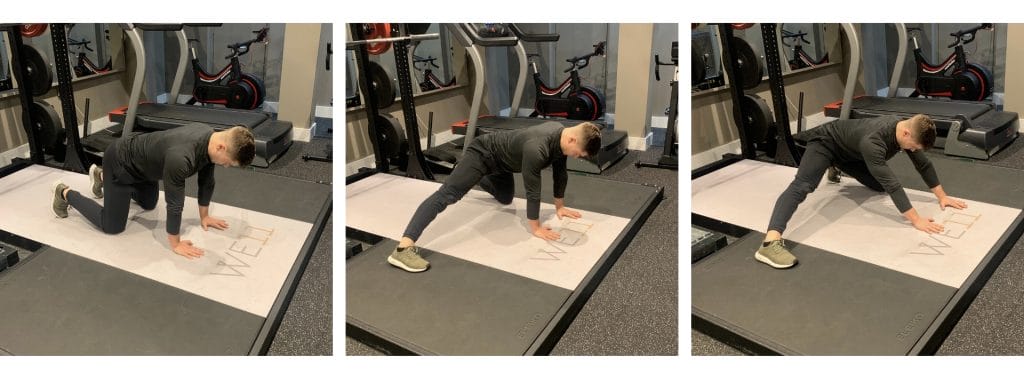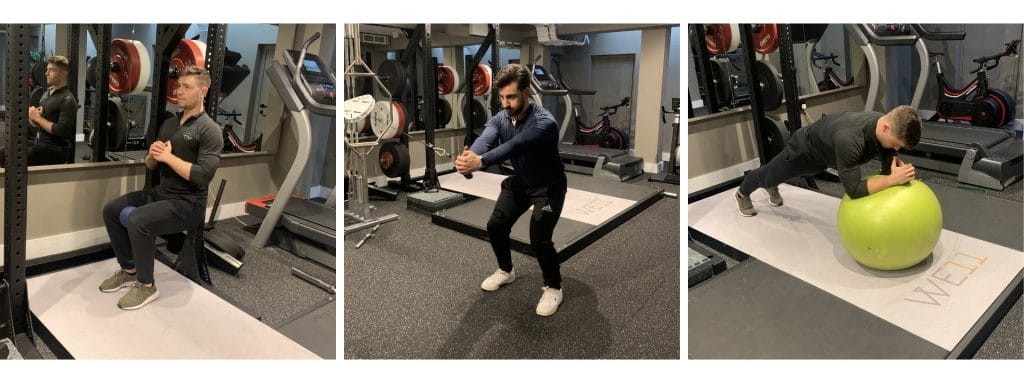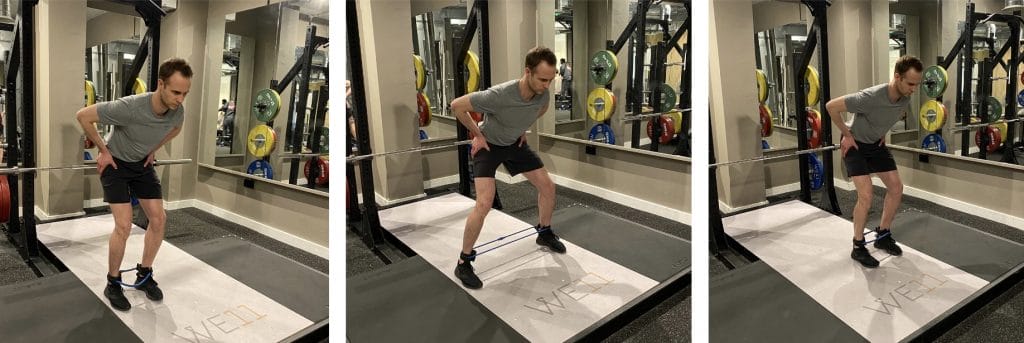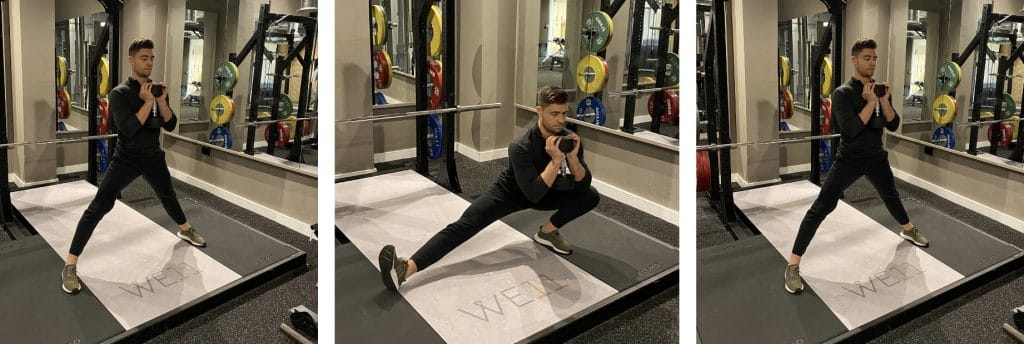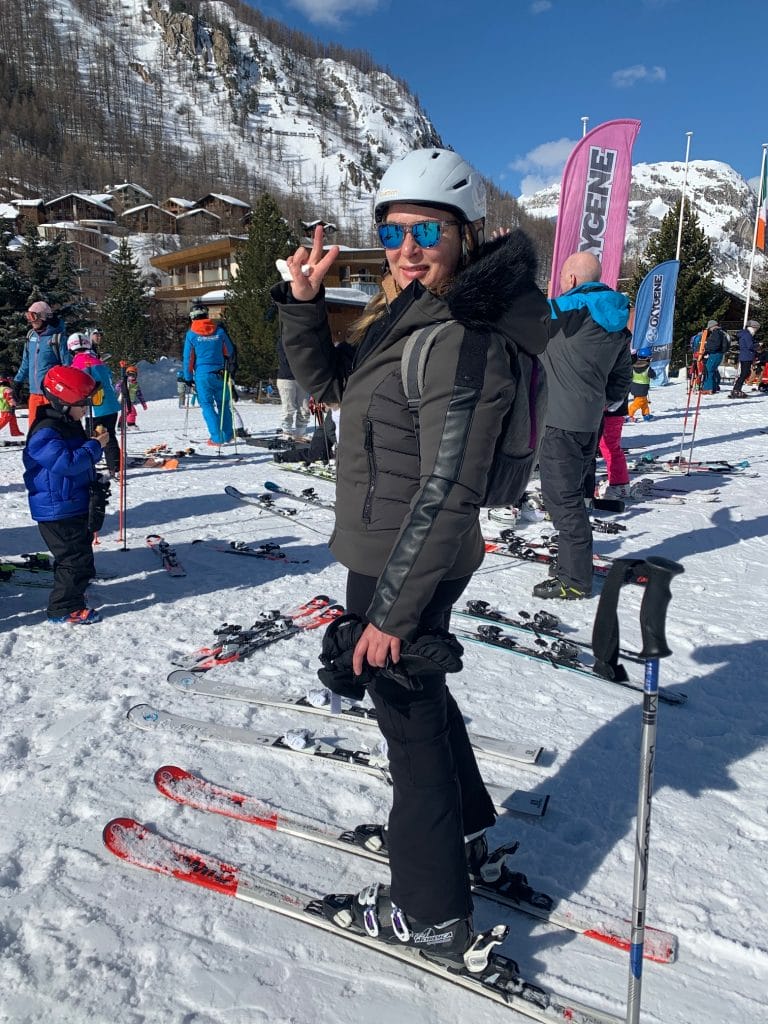Resilience Conditioning Needs
Intensity
Skiers are amongst the fittest athletes around. Cross country skiers, in particular, have the highest measured aerobic fitness (VO2max) compared to all other sports. Downhill skiing is slightly different and occupies the space in between the aerobic (continuous and steady) and anaerobic (short, fast bouts) energy systems. As you ski, you fluctuate between the two. More specifically, aerobic metabolism predominates on relatively flat slopes and transitions to anaerobic metabolism on steeper runs. Your technical proficiency will determine the size of this flux, but on average your heart rate will hang around 75-85% of max (1&2).
Duration
With the length of most pistes between 5-10km, at an average speed of 15-30km/h, each ski run will last between 20-40min. Even though you’re not likely to complete each piste in one continuous effort, it’s good to be fit enough to do so. Weather and fitness permitting, you’ll probably like to complete this cycle 3-5 times per day, which is a total of 1-2hours of actual daily ski time.
Physiological Demands
During these 1-2 hours, you’ll be performing several bouts of moderately high physical exertion, with a relatively large proportion of time spent under tension. This means your muscles (specifically in the lower body) need to be resilient to fatigue. If these muscles fatigue quickly, the technique will suffer and injury risk will increase.
To achieve this, both the general cardiovascular and local muscular system need to be able to deliver oxygen to and remove waste from the muscles quickly and efficiently. This keeps you away from fatigue for as long as possible, which is the definition of resilience.
Resilience Conditioning – Our Approach
If a client is very unconditioned we usually start at both ends of the spectrum, completing one long (40-60min) steady-state session (zone 2, 60-70% MHR) and one short (20min) sprint interval session (10-20s with 2-4mins rest) per week.
The fitter you become, we will introduce “threshold” sessions, which aim to replicate your ski runs. This will be a 20-40min leg dominant session (cycle, assault bike, lunges, sledge) with intermittent exertions (30s-1min with 1-2min rest), at an intensity hovering around your anaerobic threshold (zone 3-4, 75-85% Heart Rate Max).
Testimonial
 Common Purpose Team
Common Purpose Team


